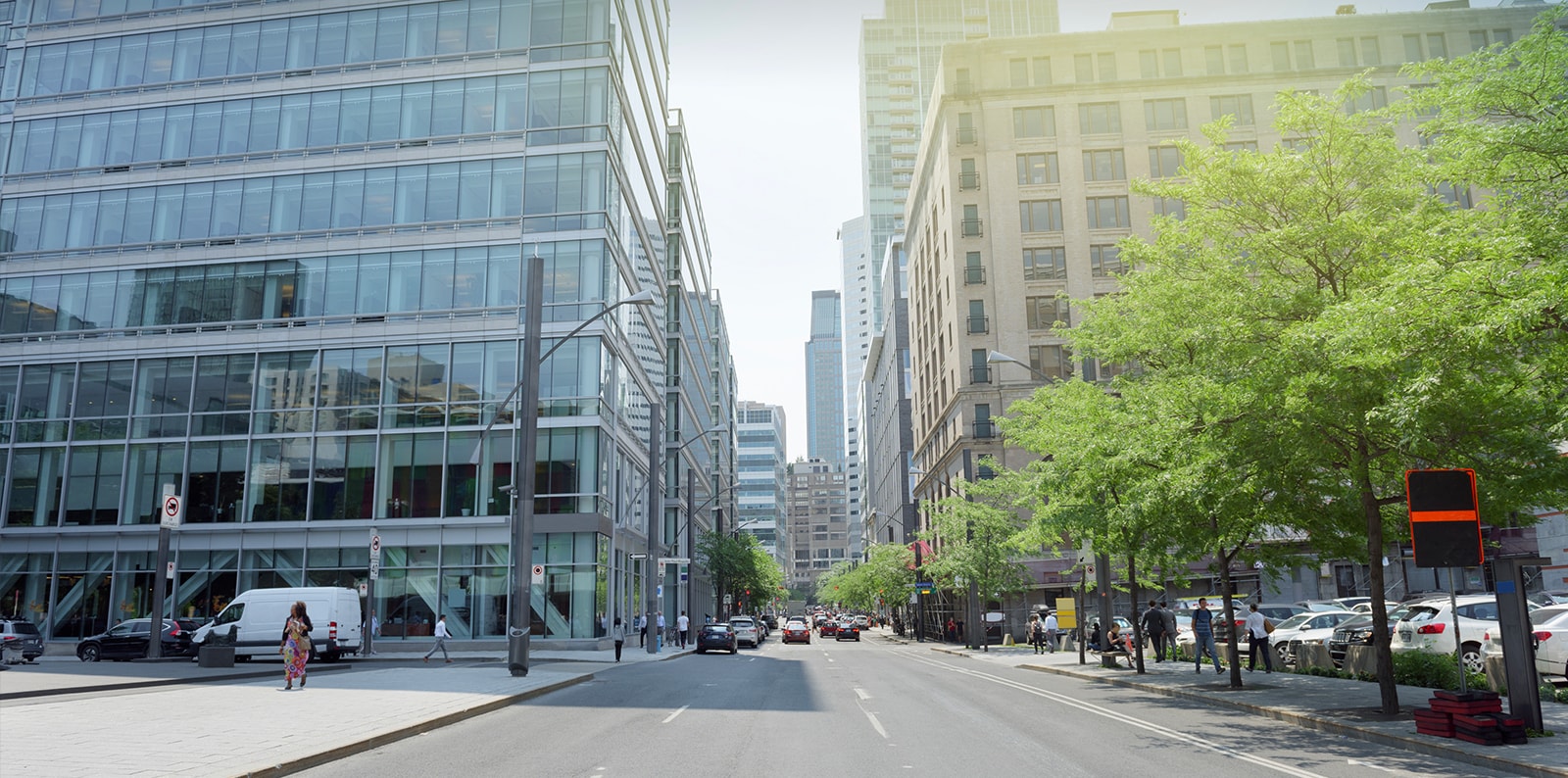Canada experienced a notable decline in building permit values, dropping 3.9% to $10.9 billion in November, the lowest since April. This downturn has been most acute in the non-residential sector, with commercial components witnessing a 3.5% decrease to $862 million.
We could have looked past these numbers, but rising construction costs coupled with diminishing property values and permits reflects a broader trend,which then feeds into financing headways and the subsequent completion of new real estate projects.
All those factors have escalated dramatically over the last year and pose additional challenges for the creation of concrete market solutions that would alleviate supply shortages.
Turning our focus to Quebec, the decline in building permits is particularly pronounced in the residential sector, and in the multi-family component, which saw a decrease of 17.3%. This contrasts with other provinces like Ontario, where residential permit values slightly increased. These variations highlight regional disparities and paint a grim picture for the year ahead.
With a continued population increase throughout 2023, this decline is a step in the wrong direction for the province facing acute housing challenges. Many economists are now forecasting that the Bank of Canada may start to cut its policy rate as soon as this spring, however it remains to be seen if the shock of an alleviated rate cut will suffice to spur back construction.
Transactional volume across commercial real estate for the year 2023 has also been at one of the lowest levels since the 2000’s indicating that there is still a lot of dry powder sitting on the sideline. Should a part, or all, that powder come back on the market over the few months following the first cuts, it could send asset prices for properties across the provinces back on an upward trajectory.
In the broader context of Canada’s construction economy, 2023 has been a year of resilience and challenges. Green energy and public infrastructure projects have shown steady growth, but the construction sector is still facing challenges with a struggling housing sector due to high interest rates, labour shortage and great amount of red tape.
Notable projects were completed or underway over the last year such as Quebec’s commitment to transit infrastructure, exemplified by the launch of Montreal’s REM light rail system, but the industry and investors are still waiting for more in order to alleviate housing shortage and find concrete solutions.
In the meantime, the construction sector’s adaptation to these challenges is noteworthy. The adoption of innovative building practices, such as modular construction and prefabrication, coupled with government initiatives aimed at boosting the multifamily housing segment, suggests a proactive response to the housing affordability crisis. These efforts are crucial in addressing the dual challenges of rising costs and workforce shortages.
For investors and real estate professionals, these trends offer a mix of caution and opportunity. The decline in building permits and high construction costs in certain sectors suggest a more cautious approach, while the resilience in green energy and infrastructure projects, along with innovative construction methods, offer new avenues for investment and development. We expect 2024 to bring a lot more opportunities on the market for investors ready to act rapidly.
How do you interpret these trends in Quebec and across Canada? What strategies are you considering in response to these market changes? Your insights are invaluable in shaping a collective understanding and approach to the evolving real estate landscape.
For more insights or guidance in this market, feel free to reach out to us at Votre Équipe Immobilier. Let’s explore how we can navigate these market conditions together.


